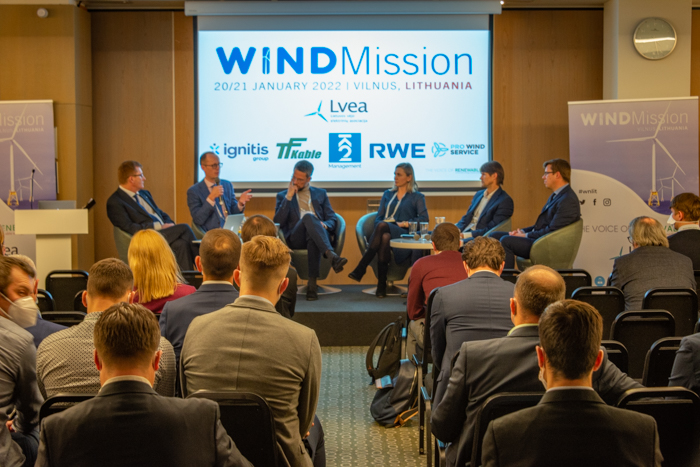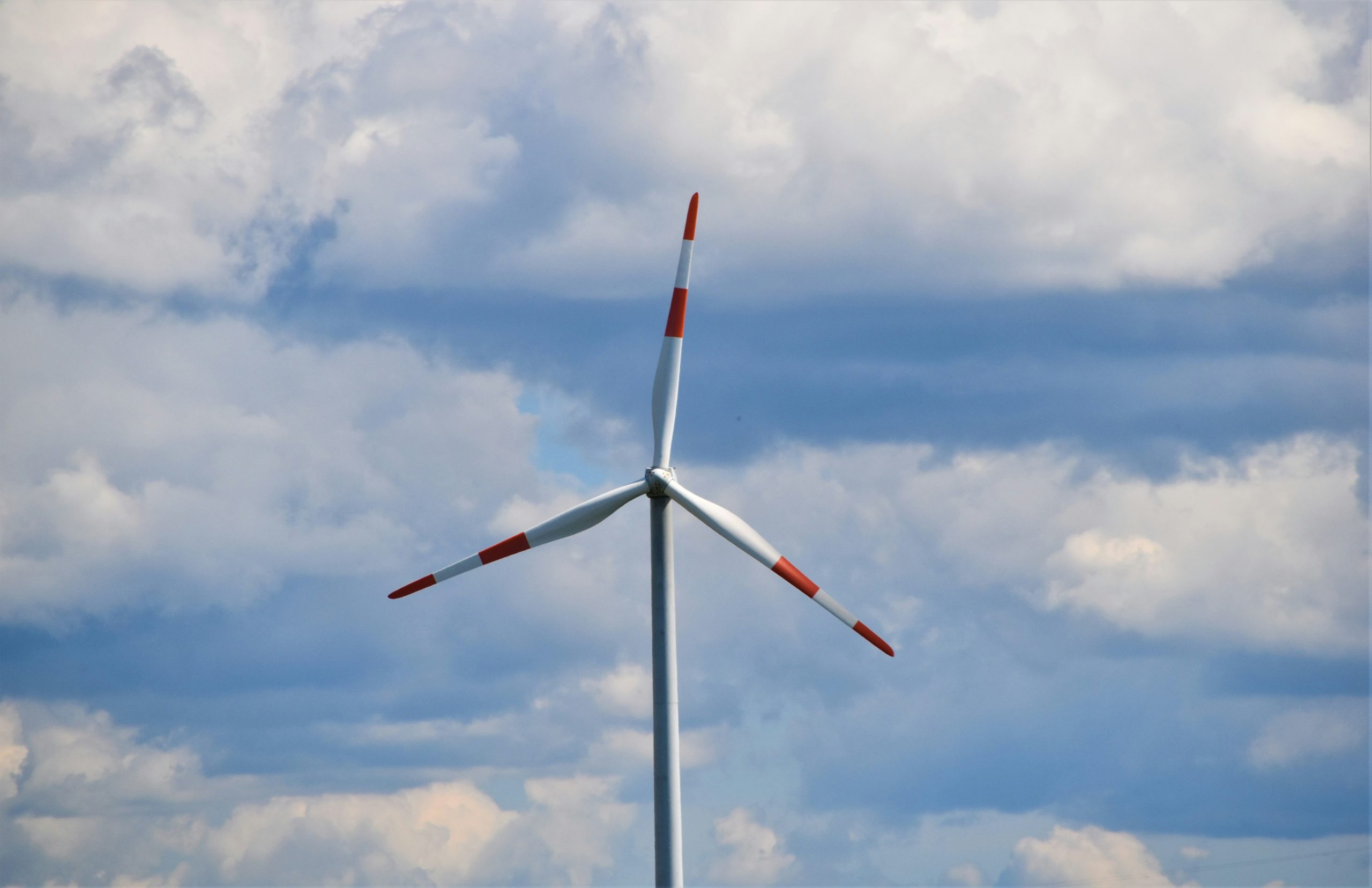The next edition of the international conference WindMission Lithuania 2022 was held in January. The event was devoted to Lithuania’s energy policy, in particular to the development of wind energy. Here are the key findings on offshore wind development from Lithuania.
The conference was attended by representatives of Lithuanian business and government, experts from Lithuania and abroad, and representatives of foreign investors. The event was organized by the Lithuanian Wind Energy Association and The Voice of Renewables.
During the conference the following issues were discussed: transformation of Lithuanian electricity sector, regulatory environment of auctions in Lithuania, attractiveness and availability of wind energy for end-users, decommissioning and dismantling of wind farms. Much attention was paid to the opportunities, procedures, and risks for offshore wind farms.
When will the legal framework for offshore wind in Lithuania appear?
First ideas for offshore wind in Lithuania appeared about 15 years ago, but it is in recent years that these plans have started to become concrete. The first offshore wind farm in Lithuania will have a capacity of 700 MW (there are plans to build another farm, also with a capacity of 700 MW). The first will provide a volume of 3 TWh per year of green energy, which will cover 25 percent of energy demand in Lithuania.
Lithuania is at a very early stage of preparation for offshore wind energy development and still, the region itself is becoming increasingly popular among foreign investors (some of them are already active in Lithuania). For Lithuanians, the current challenges are regulatory issues and timely execution of RES auctions, tenders, and other key processes. For now, it is unclear when the basic law on offshore wind energy will be implemented, but Lithuanian officials hope it will happen quickly. According to experts, ideally it would be 2022 to start with the necessary proceedings.
In particular, the industry is waiting for auction regulations for offshore wind in Lithuania. The first auction for offshore wind should consider the criterion not only on price, but also on the basis of criteria related to innovation, social benefits, and sustainability.
Lithuania has a fairly efficient transmission system, but further investments are needed
Representatives of, among others, Lithuanian Energy Agency and operator Litgrid, discussed the opportunities and challenges of transforming Lithuania into a RES energy exporter. Lithuania has a fairly strong transmission system. The goal is to install 7 GW in RES by 2030, but as experts have pointed out, this is not the upper limit of possibilities. Interconnection is key. Work is currently underway on the Harmony Link submarine cable link that will connect Lithuania to Poland. The new connection will increase the capacity to absorb more energy from RES. Is the Harmony Link project enough? More interconnectors are needed to stabilize in the future – among other things potential energy price fluctuations and energy security.
What to do with surplus energy? If there are any…
Surplus energy from RES should be stored, which is obvious, but the action is key. Lithuania is building 200 MW storage facilities and an additional plant at Kruonis to maintain system stability. In addition, the excess energy can be used for hydrogen production or sold on the market. The Ministry of Energy of Lithuania will soon present key guidelines (roadmap) for the development of the hydrogen sector and an action plan for the development of the hydrogen economy. A pilot project to produce green hydrogen has already begun in Lithuania.
It is worth noting that Lithuania may not even have an energy surplus, as energy consumption in Lithuania may increase by up to 25 percent within a decade, which means that RES energy can be consumed entirely by Lithuanians.
Not enough talk about local content and funding challenges
As the development of offshore wind energy sector in Lithuania is at a very early stage, not much was said about local content, building supply chains, project development in other markets like Latvia and Estonia.
In terms of financing, the Baltic Market is overlooked by institutional investors from Western Europe due to the small size of the projects. This is expected to change in the future. There are not enough financial instruments available for offshore wind projects in the Baltic States.
















